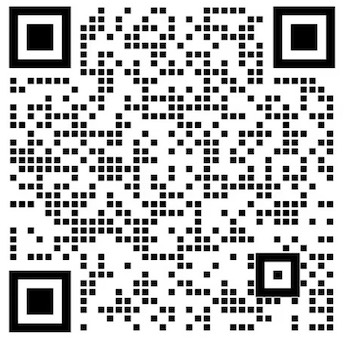Ransomware ender 2022/1/19
Ransomware re-emerges as a global focus. On May 10, Colonial Pipeline, the largest refined oil pipeline operator in the United States, was attacked by ransomware software, forcing it to shut down its key fuel network supplying the states along the east coast of the United States. In fact, this was not an accident, since the global sweep of WannaCry in 2017, ransomware has become a global security problem.
Although the attack posture of ransomware has slightly declined in the first half of 2021 compared to the same period last year, ransom incidents still occur frequently, with multiple well-known international companies being extorted, and the ransom continues to reach record highs.
Ransomware stays active causing global losses of billions of dollars
On May 12, 2017, the WannaCry ransomware outbreak occurred worldwide, creating a global worm virus storm. In the four years since then, ransomware frequently extended its claws toward enterprises and individual users.
In the first half of 2021, traditional ransomware families such as GlobeImposter and the variant-rich Crysis family remained active, while new ransomware families such as Phobos, Sodinokibi, Buran, Medusalocker, Avaddon, lockbit, Ryuk, NEMTY also showed a widespread trend. Most of these ransomwares are characterized by multiple variants, high specificity, and rapid infection rate, with viruses like Sodinokibi, Medusalocker even showing customized operations for domestic systems.
Some wrong practices when dealing with ransomware
1. After discovering a ransomware infection, continue to use USB drives, external hard drives, and other mobile storage media on the infected host/server, causing the ransomware to further complete its spread through these devices.
2. Trusting non-authoritative decryption methods or tools found online, repeatedly reading and writing the files on the infected host's disk. This practice will destroy the original files in the disk space, further reducing the likelihood of correct data recovery.
3. Being eager to restore production without comprehensively checking the network assets for viruses, leading to continued spread of remaining ransomware. After reinstalling the system and using backup data to recover business, they suffer from a second round of extortion.
4. Not retaining virus samples, log files, and system images of the infected host, making it impossible to trace the event, analyze the virus afterward; when pursuing legal responsibility, there's no evidence.
In the face of the emerging ransomware, whether it is businesses or individual users, should pay attention to cybersecurity measures and take proactive precautions. The 'three don’ts and three dos' approach:
1. Don't take the bait: Don't open unknown emails with attractive titles
2. Don't open: Don't randomly open email attachments
3. Don't click: Don't randomly click on URLs contained in emails
4. Do back up: Back up important data
5. Verify: Confirm the sender is trustworthy before opening emails
6. Update: Keep system patches/security software virus databases up-to-date
Shanghai Six Productions specializes in data decryption recovery.
Computer Virus A computer virus is a code that is inserted by its creator into a computer program to destroy computer functionality or data. It can affect computer use and can replicate itself, consisting of a set of computer instructions or program code. Signs of a computer virus infection 1. The computer's running speed is much slower than normal Malicious software might be running in the background, occupying the computer's CP…
Now, apart from scanning codes for payments, the most used is facial recognition payment, but is it safe? Facial recognition payment system is a payment platform based on facial recognition system. This system doesn't require a wallet, credit card, or phone. During payment, one only needs to face the camera on the POS screen. The system will automatically link the consumer's facial information with their personal account, making the whole transaction process very convenient. With the continuous maturement of facial recognition technology, ‘face swiping’...
With the rapid development of networks, cybersecurity threats are also becoming more serious. The scale and complexity of network attacks increase year by year, causing bigger impacts, thus more attention needs to be paid to cybersecurity issues. Types of network attacks include: Active attacks, which can lead to manipulation of some data streams and generation of false data streams; such attacks can be classified into manipulation, forging of message data and terminals, denial of service. Passive attacks often include eavesdropping, traffic analysis, cracking weak...
Monday to Sunday 8:00-22:00
15203845779
To Start Conversation

Copyright©2018- 2024 Zhengzhou Shemo Information Technology Co., Ltd. All Rights Reserved